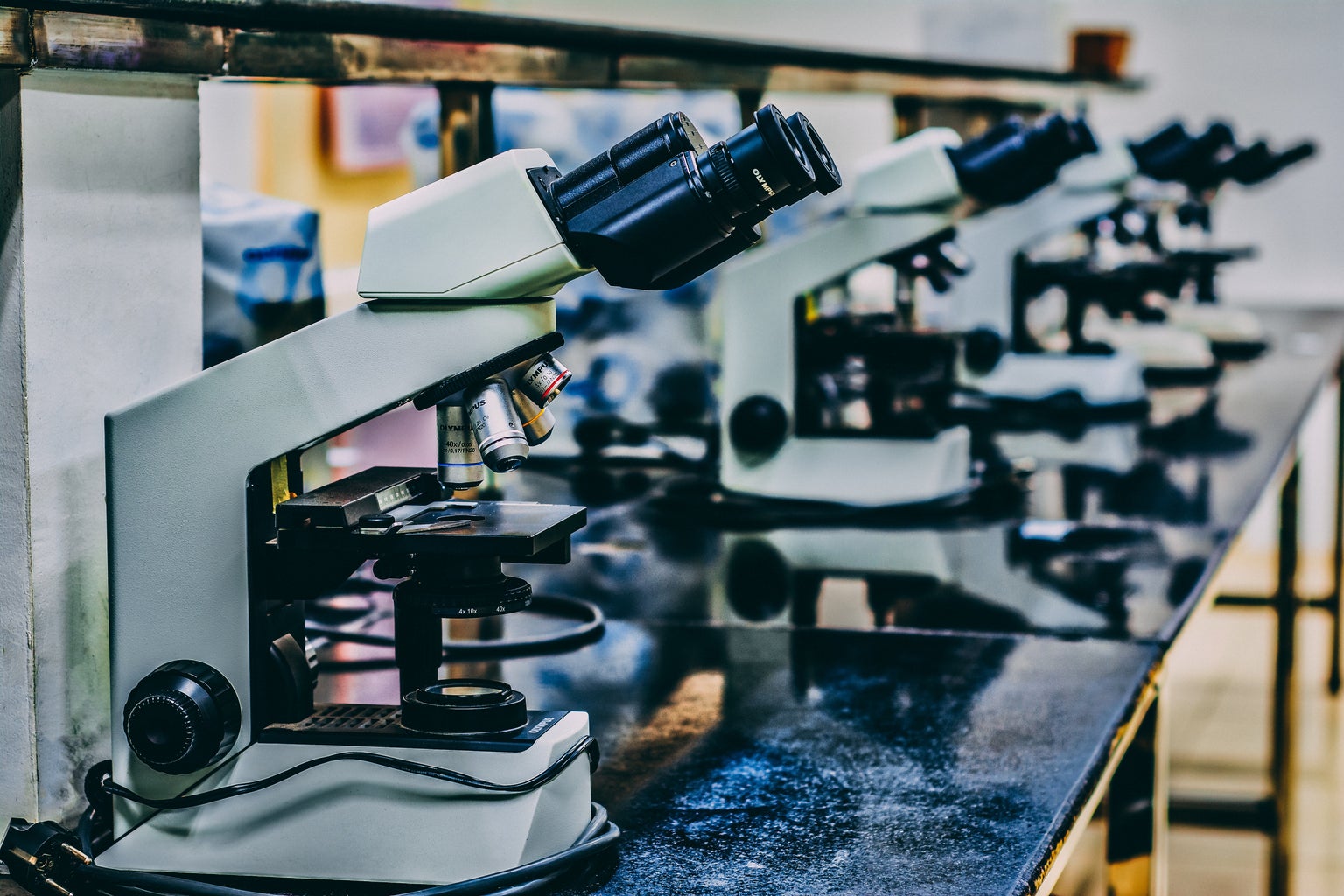The legacy of Henrietta Lacks in modern medicine is immeasurable. In 1951, Henrietta Lacks, a tobacco farmer of African-American descent, was diagnosed with aggressive cervical cancer. Within months of her initial diagnosis, she passed away at the age of 31. As sad as this story is, there is an even more disturbing element to it. A doctor by the name of Howard Jones took a biopsy of her tumor cells and passed them along to a researcher named George Gey without Lacks’ consent.
Even before coming across her cervical cells, Dr. Gey was a prominent researcher at Johns Hopkins whose research focused on cell and cancer biology. He was running into issues with trying to propagate cell culture lines, but instead, they were all dying off and not lasting long enough through experiments. However, after taking Lacks’ cells, he realized that these cells had an extraordinary capability to survive and consistently reproduce. They were “immortal.” These cells were eventually referred to as “HeLa cells,” short for Henrietta Lacks’ cells.

Dr. Gey ended up sharing these cells with many other scientists without crediting Henrietta Lacks at all. Eventually, HeLa cells became a workhorse for biomedical research and innovation. To this day, they have been used countless times to make further advancements in the medical field, such as the development of the polio vaccine, Human Immunodeficiency Virus (HIV) research, in-vitro fertilization (IVF), etc. HeLa cells have also been used to test the efficacy of drugs that are now being used to treat medical problems like herpes, various cancers and in fact, HeLa cells were also sent up to space to see how human cells would survive in outer space.
It wasn’t until 25 years after she died that Henrietta Lacks’ family found out about her cells when a group of scientists were attempting to track down her family members in order to take some cell culture samples to learn more about HeLa cells. Even though HeLa cells were a vital part of medical innovations happening at the time, her family was not receiving any compensation at all. It wasn’t until the book “The Immortal Life of Henrietta Lacks” was published that Henrietta’s story came into public view. Unfortunately, the problems didn’t end there. In 2013, a lab in Germany published the full HeLa genome without the consent of her family. Even though it did eventually go through proper channels, this still goes to show the extent to which Lacks and her family were wronged.
More recently, HeLa cells were used when scientists and researchers were investigating COVID-19. Therefore, it is clear that even though she died nearly seven decades ago, the lasting impact and legacy of Henrietta Lacks is immeasurable. However, there is also a crucial point to understand. We may not be able to change the past, but we should be able to acknowledge the wrongdoings of previous generations and try our best to ensure these issues don’t happen again in the future.



